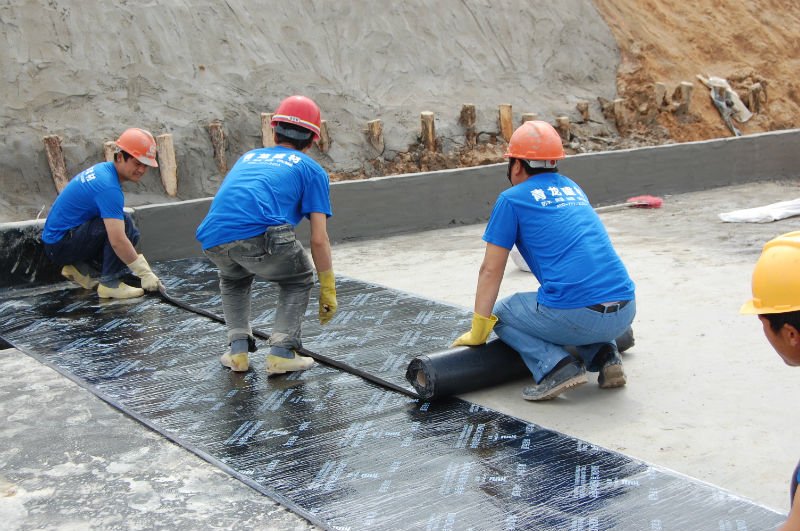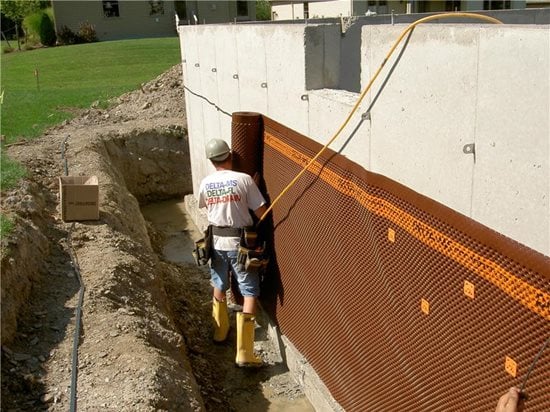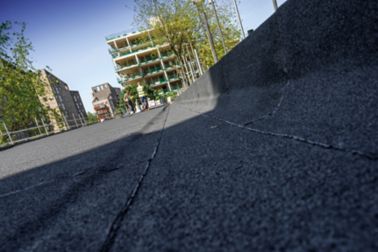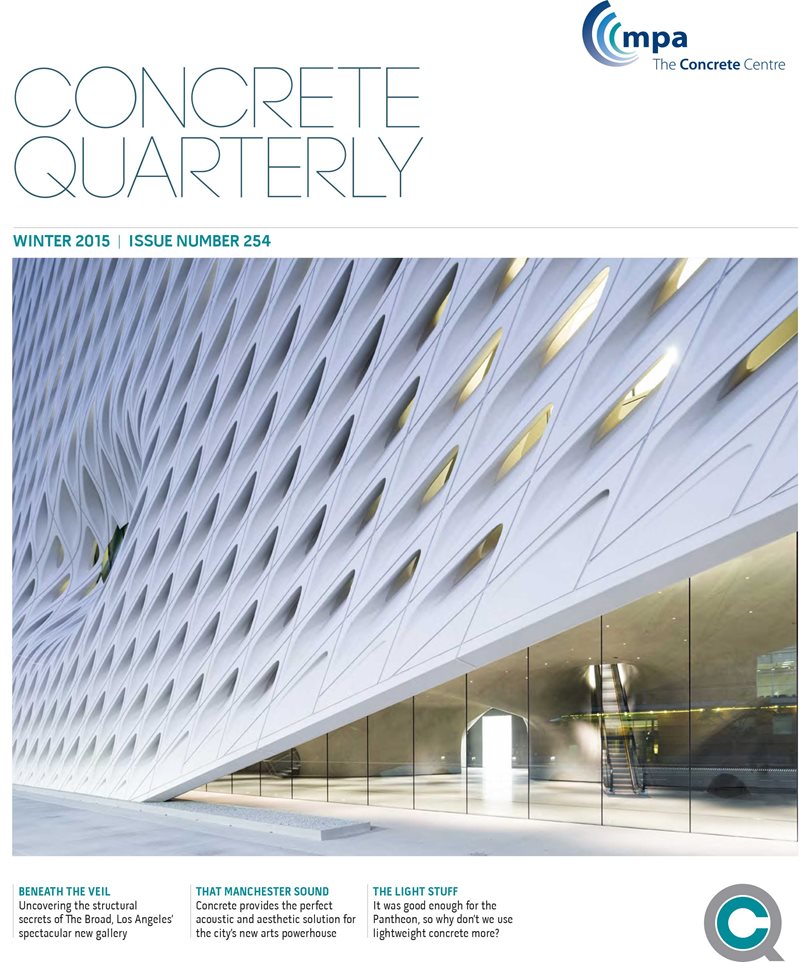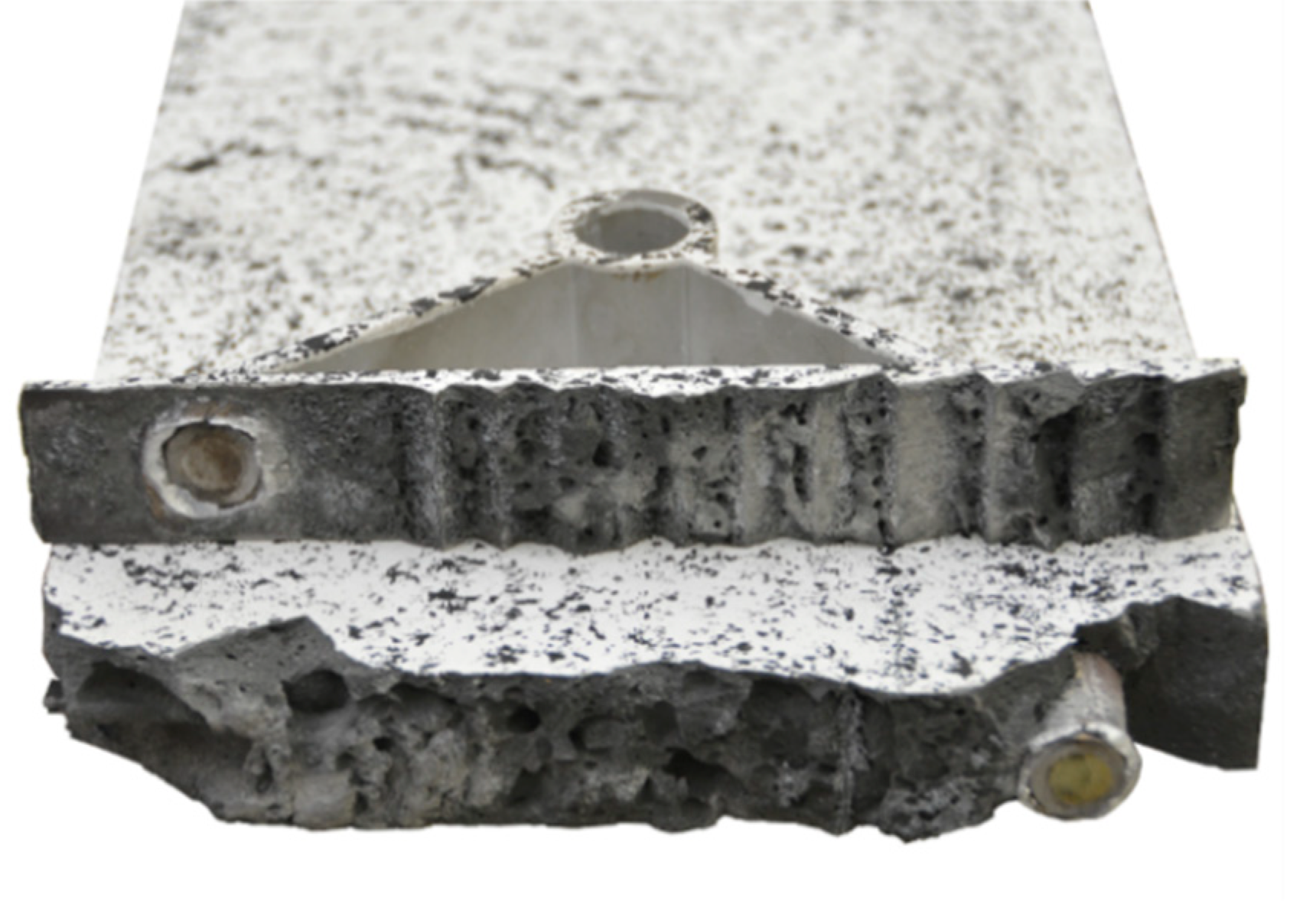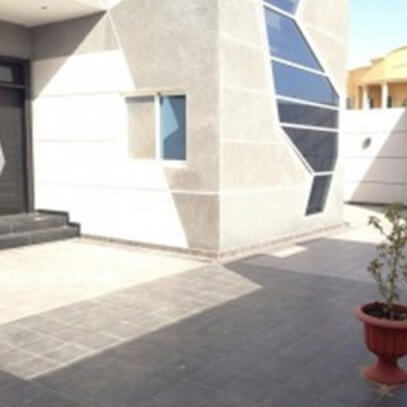Filler Slab Roofs Advantages And Disadvantages

If you plan to have a flat roof on a residence or building it is essential to know flat roof advantages and disadvantages.
Filler slab roofs advantages and disadvantages. The roof is an essential part of a building. The flat roof is commonly constructed in reinforced concrete flat stone supported on rolled steel joists r s j bricks tiled etc. Flat roofs are an ancient form mostly used in arid climates and allow the roof space to be used as a living space or a living roof. Consumes less concrete and steel due to reduced weight of slab by the introduction of a less heavy low cost filler material like two layers of burnt clay tiles.
Before selecting for a building one must knot its advantages and disadvantages. Filler slab is alternate slab construction technology where part of concrete in bottom of slab is replaced by filler material due to reduced concrete and thus about 40 less steel is required so these fillar slab technology make huge difference between normal slab cost and fillar slab cost. Slab thickness minimum 112 5 mm. Flat roofs are among the most controversial roofs of all the types of roofs for buildings and homes.
The pitched roof system is a type of roof which is used used in many cases. Consumes less concrete and steel due to reduced weight of slab by the introduction of a less heavy low cost filler material like two layers of burnt clay tiles. Thus the filler slab as the roof has the following advantages. Here the major advantages and disadvantages of the pitched roof are discussed.
Different patterns in ceiling can be attained thus the filler slab as the roof has the following advantages. Flat roofs have a unique set of challenges and needs.


























